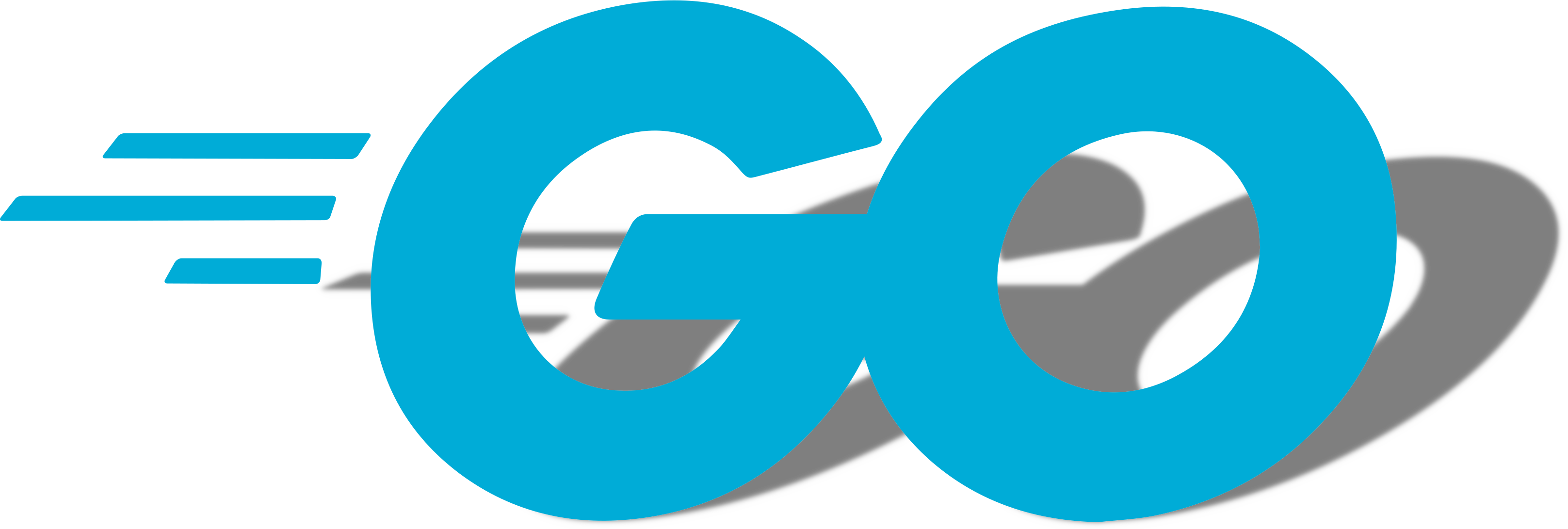Are you and your team new to Go? Could you use some expert advice? Check out my Comprehensive Go Code Audit service!

Unlocking the Power of Infrastructure as Code, Go, & More on Schematical
Unlocking the Power of Infrastructure as Code, Go, & More
Buggy BLANK identifiers in Go
I recently found a bug in golangci-lint... and even in Go 1.18, related to blank identifiers! What are they? Are they ever useful?
Go Code Roast #2: readability.js port
In this video, I roast a port of a Mozilla Javascript library, readability.js to Go.
Go Code Roast
In this video, I roast some Go code! That is, I review it as if it were submitted as part of a job application screening. I talk about what I like, what I don't like, and how I would do things differently.

How to Use Nancy to Improve Your Go Application Security
Nancy, as you may know by reputation, is a detective. She uses Sonatype's OSS Index to check for vulnerabilities in your Go dependencies.




